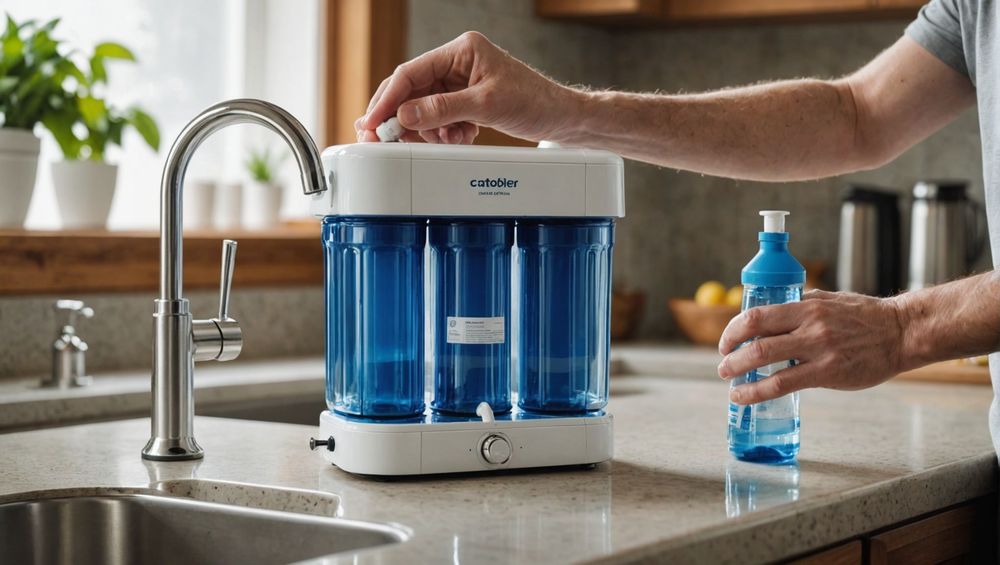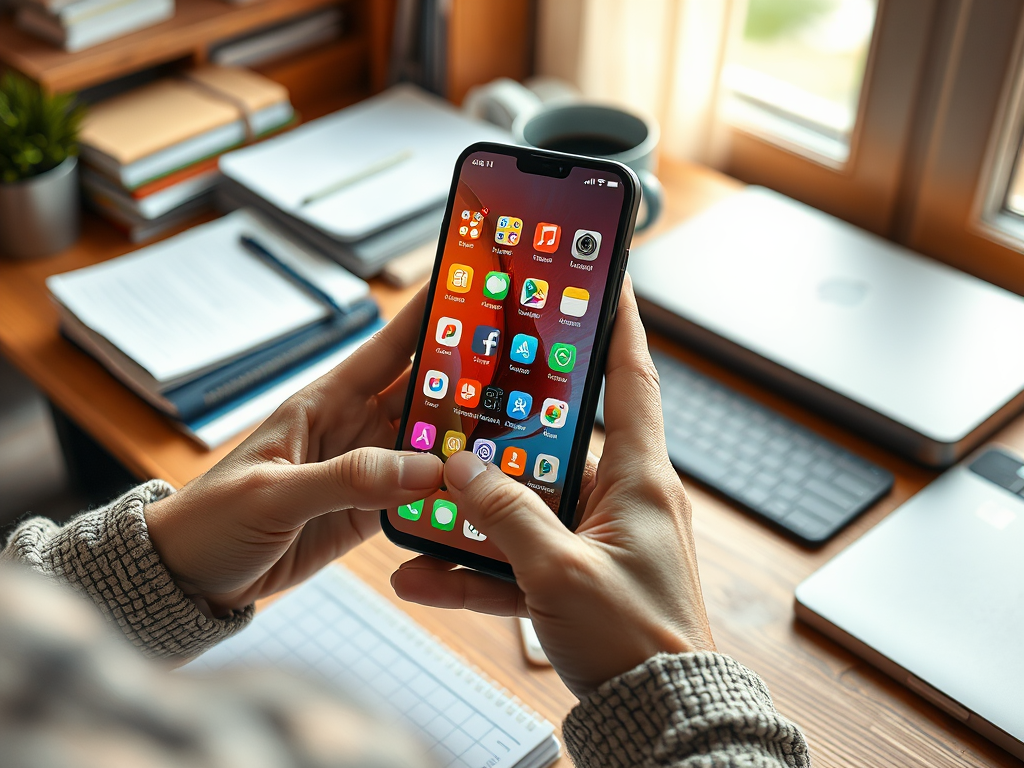Knowing when to replace the filters in your water purifier is crucial for maintaining water quality and ensuring your family’s health. Over time, filters accumulate impurities, leading to decreased performance and potential health risks. In this article, we’ll explore the key indicators that signal it’s time for a filter change, ensuring you enjoy clean water without interruption.
1. Decreased Water Flow Rate

One of the most noticeable signs that your water purifier filters need to be changed is a decreased flow rate. If you observe that water dispenses more slowly than usual, this may indicate that the filters are clogged with contaminants. As filters become saturated and unable to do their job effectively, the water pressure will drop. Not only does this affect your daily water usage, but it also points to the potential buildup of harmful substances. Monitoring the flow rate should be a regular part of your maintenance routine.
2. Unpleasant Odor or Taste
Another key sign that your water purifier filters need changing is an unpleasant odor or taste emanating from your tap water. Filters are designed to eliminate bad tastes and odors from water, so if these are returning, it might mean that the filters have reached their maximum capacity. Contaminants like chlorine, sulfur, and sediment may be lingering in your water, potentially affecting your health. If water that once tasted crisp and clean starts to taste stale or foul, it’s imperative to replace your filters promptly.
3. Cloudy or Discolored Water
If you notice that your water is cloudy or has any discoloration, this is a strong indication that your filters are no longer effective and must be replaced. Water should be clear and transparent; any hues or cloudiness suggest the presence of sediment, microbes, or other particulates that were supposed to be filtered out. This is not only unappetizing but also potentially unsafe, as it can harbor bacteria or harmful particles. If you observe any deviations in water clarity, make it a priority to check your filters.
4. Filter Replacement Indicator Alerts

Many modern water purifiers come equipped with filter replacement indicators that alert you when it is time for a change. These alerts can come in various forms, such as lights or notifications on a digital display. Ignoring these signals can lead to compromised water quality. If your purifier has this feature, familiarize yourself with how it works and treat any alerts as urgent reminders to maintain your system. Regularly reset or check the indicator after changing the filters to ensure it functions properly.
5. Past the Recommended Usage Timeframe
Lastly, it’s essential to regularly follow the manufacturer’s recommendations regarding filter replacement schedules. Typically, filters may need changing every six months to a year, depending on usage and the specific type of filter. Keeping a calendar and setting reminders can help avoid delays. Neglecting this maintenance increases the risk of poor water quality and potential health hazards. If you’re unsure about the timeline, consult the instruction manual for guidance.
Conclusion
Being aware of the signs indicating that your water purifier filters need to be changed is key to maintaining access to clean, safe drinking water. By watching for decreased flow rates, unpleasant odors or tastes, cloudy water, and relying on filter replacement indicators, you can ensure that your water stays pure and beneficial for your health. Remember to adhere to the recommended replacement timeframe by the manufacturer, as this will help keep your water filtration system operating optimally. Don’t compromise on your family’s health—regular filter changes are crucial in your water purification regimen.
FAQs
1. How often should I change my water purifier filters?
The frequency of filter changes is typically every 6 to 12 months, but it can vary based on usage and specific manufacturer instructions.
2. What happens if I don’t change my water purifier filters?
If filters are not changed in time, they can become clogged, resulting in poor water quality, bad taste, and even potential health risks from contaminants.
3. Can I clean and reuse my water purifier filters?
Most filters are designed for single use and cannot be cleaned or reused. Consult your manufacturer’s recommendations regarding maintenance.
4. Are there any DIY solutions for checking filter health?
You can check the flow rate or observe the clarity and taste of the water as simple DIY methods to assess filter condition. However, proper replacement is crucial.
5. What type of filters do I need for my water purifier?
The type of filter required depends on your water purifier model. Always refer to the product specifications or manufacturer’s recommendations for the correct filters.



